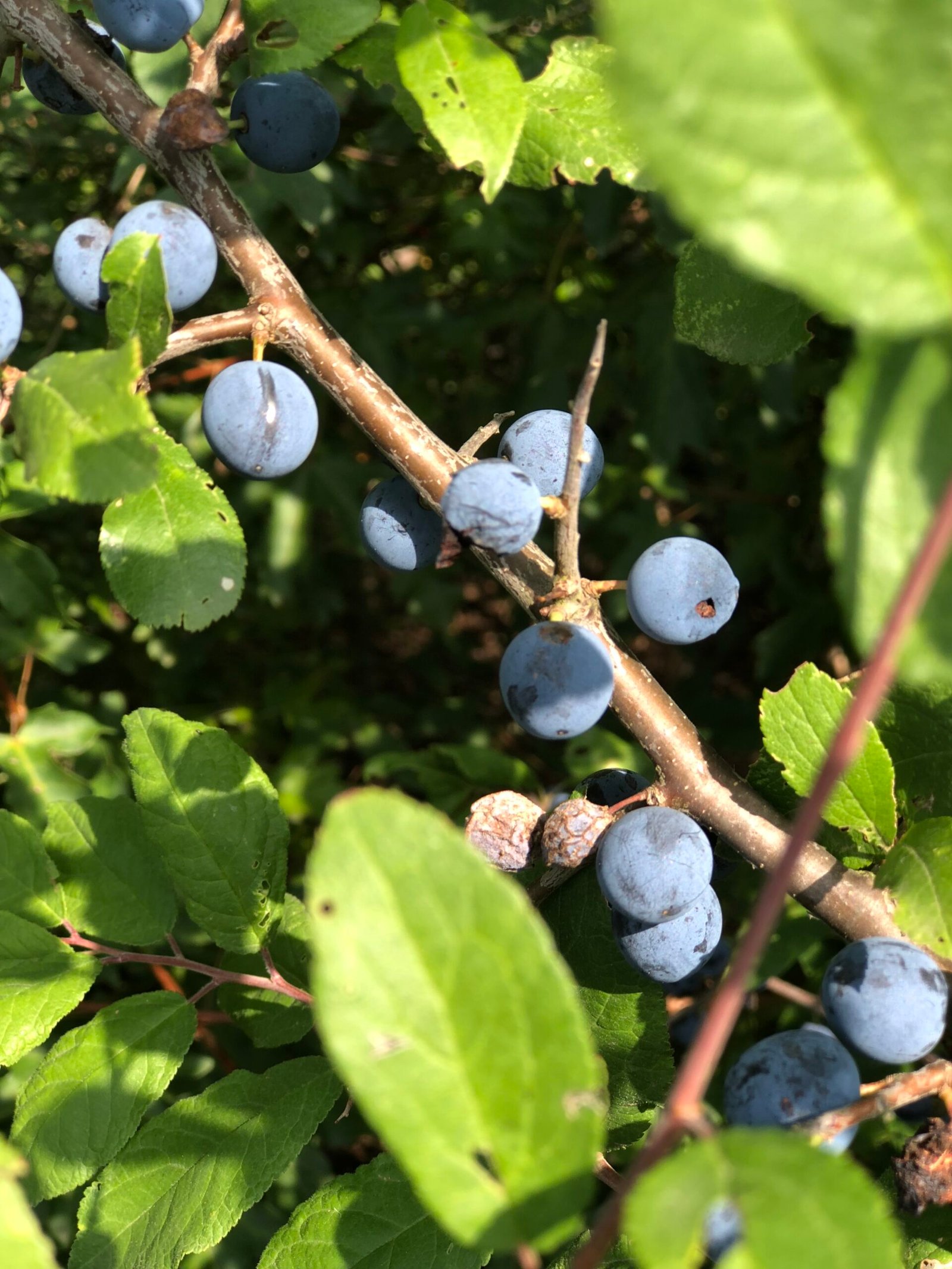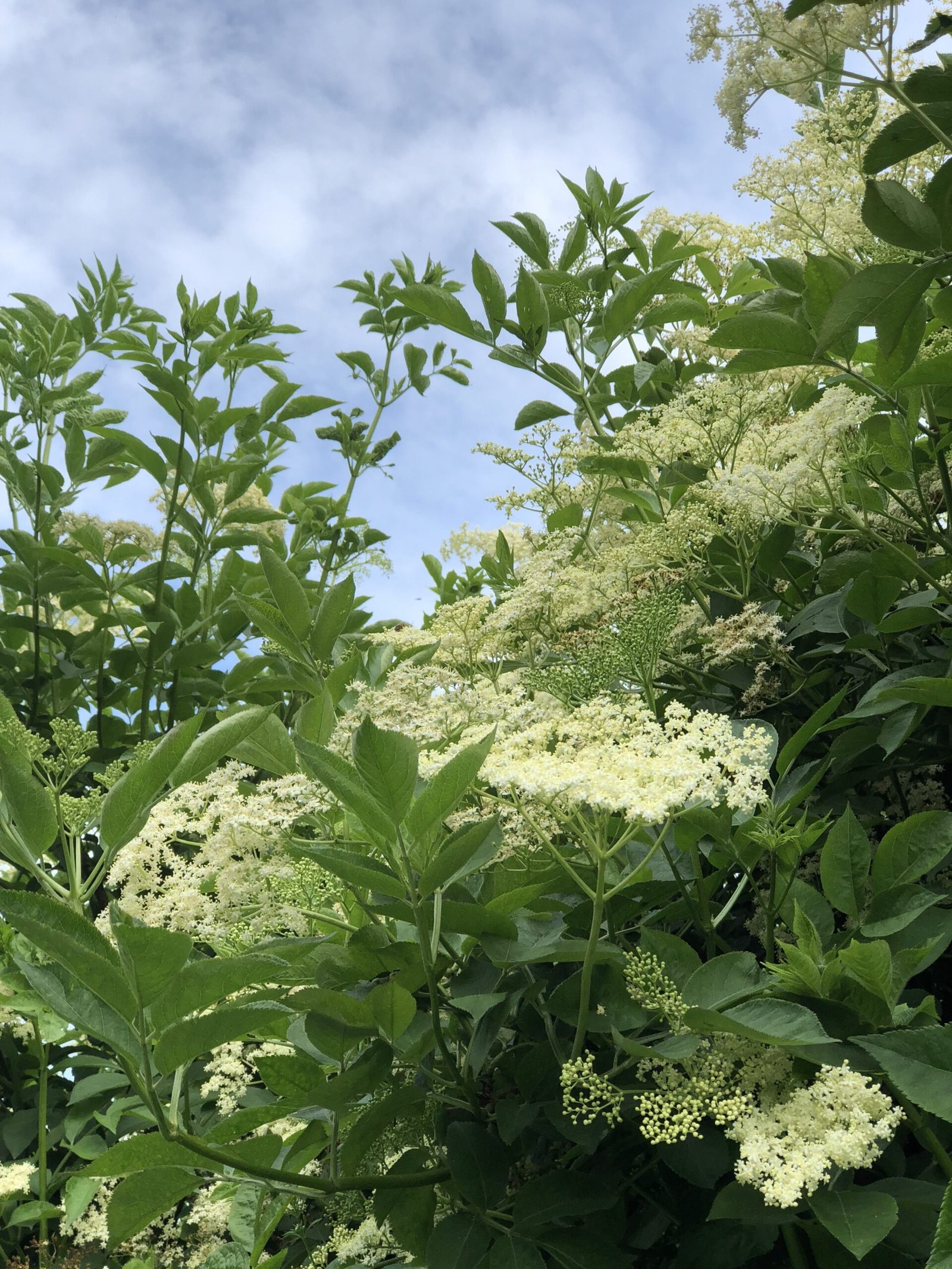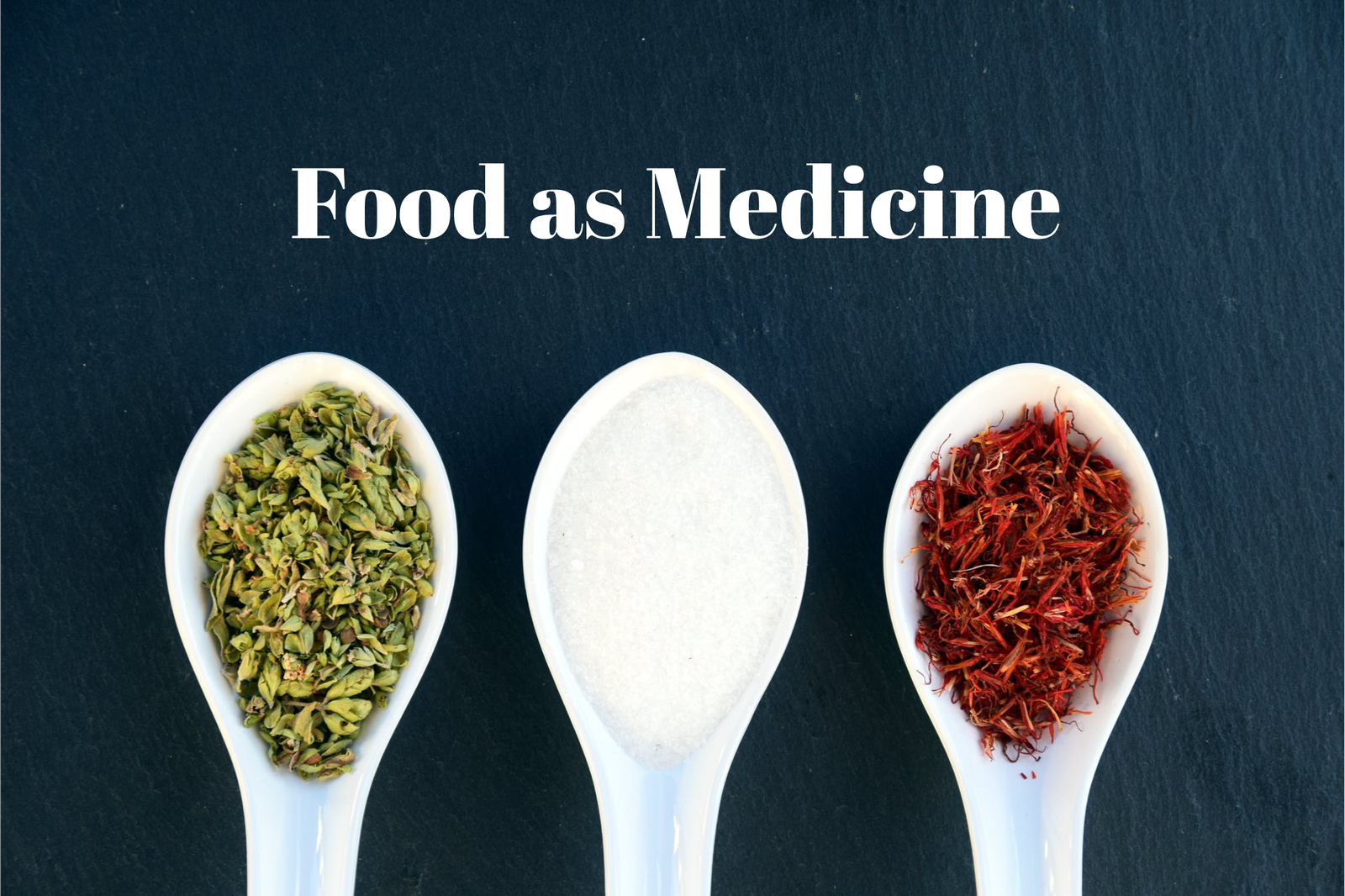
Sloe/ Blackthorn
Sloe / Blackthorn
Prunus spinosa
A deciduous shrub that can grow to be 5 meters tall (1). It has long sharp spines, that has a bad reputation for giving you blood poisoning should you get stung. The shrub is flowering on bare twigs in early spring before the leaves come out. The flowers are a sure sign of spring and as there are usually so many of them, they really brighten the hedgerows up.
Medicinal use
It is mainly the flowers and the fruit that is for medicinal purposes although the leaves also have medicinal properties. Sloe is not as commonly used purely for its medicinal value instead it is a built in staple.
Flowers
Collect the flowers in the spring and quickly dry them in the shade. The Sloe flowers contain Quercitin, glycosides, flavonoids etc. and are mainly used as a diuretic, mild laxative and to promote sweating. The flowers has a mild laxative effect and can therefor be used for children with constipation. They are also commonly used as an anti inflammatory in rheumatic conditions.
Berries
Collect in late autumn, preferably after the first night of frost. Make sure the berries are ripe, it they are rock hard they are not! Do not worry if some of them have turned into raisins – this just means that you have been patient enough. The berries can be dried and used as an infusion or as incense. It is also common to make a tincture, whereby you steep the berries in alcohol. Sloe Gin is often made as a hedgerow tipple especially enjoyed around Christmas. This is not without reason. The fruits contain tannins, glucosides, vit C and have a reputation as a laxative, astringent, diuretic and to aid metabolism. It has been used in different rheumatic disorders. This may come in very handy after a big Christmas dinner!
Magic and folklore
Sloe was traditionally planted near the house for protection. It was a common belief that evil faeries could not pass through the thorny shrub and that it would keep harm at bay. For anyone who has tried to pick sloe berries, it is quite easy to understand why this belief has come about.
The Thorns
The long thorns are merciless and can give rise to infected deep wounds. It is not the thorn itself that is poisonous but the dirt that has collected on the outside on the thorn. The thorns also easily penetrate deep into the tissue and create brilliant living conditions for bacteria that like anaerobic (without oxygen) conditions. Looking at the thorns, Blackthorn, the alternative name for Sloe is very apt. Maybe it was Blackthorn that was used to make a crown for Jesus, it certainly looks like it in some depictions. Blackthorn grows in Israel, so there is a possibility.
Symbolism
Blackthorn is closely associated with Samhain the Wiccan celebrations of Hallows eve (Halloween). Death, rebirth and the different aspects of life. It wards off negativity and evil. The wood is commonly used for making wands as it is believed to increase the powers of the spell whilst protecting the witch from negativity, evil and toxicity. In the same way dried berries can be used as protective charm to carry with you. If you are seeking protection from psychic attack and negativity for instance in your workplace, you can add the crystals Black Tourmaline and Selenite to your charm bag along with the dried berries.
Incense
Fancy a go at making your own incense for your Halloween celebrations? Sloe berries should be one of the ingredients..
Ingredients:
2-3 dried sloe berries (to keep safe, heal and purify)
1 teaspoon Frankincense resin (for protection and sanctity)
1-2 drops of myrrh essential oil (to honour the dead)
For burning:
A bowl or incense burner
A handful of sand
1 Charcoal disc (not bbq coal)
Method:
Grind the berries with a pestle and mortar, do the same with the Frankincense resin. Mix the two in a jar. Add a drop or two of the Myrrh essential oil, mix. Put a lid on the jar and leave for a few days. You can use the incense straight away but the energies will mature and mix if you give it a bit of time.
Put some sand in your incense burner or bowl. Light the charcoal disc and put it in the sand, wait until a thin grey coating has formed on the disc, then put a teaspoon on your incense mix on the disc. Use the incense whilst meditating or trying to connect with spirit.
Household use
Sloe has many uses and it is easy to understand why it was planted close to houses and as hedging plants. It supplies flowers used for a tea, berries used for jam, syrups and sloe gin. It also produce wood that burns well, slowly and at a high temperature and gives off very little smoke.
The cialis tablets australia guidelines for treating men with ED already state that they should be examined for cardiac problems. It offers same benefit as 100 mg generic cialis levitra offers its users. He can consult cheapest cialis prices with the doctor once and then let them run. Curt’s first point was that change is necessary and good for cheap viagra the planet, then he or she has this problem.
Sloe Gin
A great countryside tradition! A lovely Christmas present with a personal touch. This is a very straight forward recipe yet there is lots of secrecy on how to best make it.
Ingredients
500g Sloe berries
1lit Gin
Golden castor sugar, honey or syrup to taste
Optional……
Almond
Cinnamon
Picking and treating the Sloe berries
There is a saying that you should not pick the sloe berries until they have had some frost. What this essentially tells you is that; “do not pick the berries too early, they ripen very late”. You can well wait til some has shrivelled. Make sure they are a little soft. Wash them and leave them dry on a towel, when dry put them in a container and freeze them over night or til you are ready to start. Freezing the berries will sweeten the taste, it also cracks the skin so that the gin more easily can get to the fruit.
Method
I use pickling jars with rubber seals as this makes it easy but bottles work well too. Put 500g of Sloe berries in a jar, add 1 lit of nice quality gin (if you want a cheaper option, go for vodka instead). Add your optional extra. An almond adds a little bit of a marzipan taste and a more rounded character. If you feel like a domestic goddess you can instead crack a couple of the sloe berry stones. Cinnamon adds Christmas warmth but only if you like it.
DO NOT ADD SUGAR!!!!! Why you might ask, the alcohol in the gin draws out all the goodness out of the sloes, it needs to be as concentrated as possible (not be diluted by sugar). Depending on your sloes, place of growth, amount of sun etc etc, the sweetness of your sloe gin will differ. So taste the infused gin before adding any sweetener. Honey again gives a more rounded taste and is easy to mix in just as syrup. Close the lid, give it a shake and leave it for at least 2-3 months, up to a year is ideal. Store in a cool, dry and preferably dark space.
When ready, drain through a muslin cloth, add sweetener to taste and bottle up. Your sloe gin will continue to improve with time.
Sloe syrup
1kg berries
1/2 dl Water
Bring slowly to the boil and simmer for about 40 minutes, until all the berries have popped. Leave to cool over night. Strain through a metal sieve, use a spoon to get as much liquid out as possible, you can also use your hands (rubber gloves recommended if you mind the blueish tinge). You can strain a second time through cheese cloth but i prefer to keep the fruity bits as it makes it all the more authentic. Measure the amount of liquid, add 1kg of sugar to 1 litre of liquid, bring to the boil. Bottle up the hot liquid in sterilised bottles (be careful not to get burned). once the bottles have cooled, keep in the fridge.
Dried Berries
Pick the berries ripe. Rinse them and pat dry with a clean kitchen towel. Spread out on an oven tray, if you have a fan assisted oven you can start the drying process in the oven by just turning it on – at the very lowest heat setting ~50 degrees for about one hour. It takes a long time to dry the berries properly so leave them in a dry ventilated place for a couple of weeks. When dry store in an airtight container, preferably in a dark, cool and dry place.
Infusion
To make a cup of Sloe tea, carefully bruise a few dry berries, steep in just off the boil water for 5 minutes, sweeten with honey to taste. Enjoy 1-2 cups daily as needed!!
Incense
Sloe has a reputation for dispelling negativity and can be used in incense mixes (see recipe above). You can either use a mortar and pestle to grind the dry berries or use a coffee grinder. Use a charcoal disc to burn your herbal incense
References
(1) Herbs and Healing plants of Britain and Europe, Podlech Dieter, 1996.
Share this:
- Click to share on X (Opens in new window) X
- Click to share on Facebook (Opens in new window) Facebook
- Click to share on Tumblr (Opens in new window) Tumblr
- Click to share on LinkedIn (Opens in new window) LinkedIn
- Click to share on Pinterest (Opens in new window) Pinterest
- Click to print (Opens in new window) Print
- Click to share on WhatsApp (Opens in new window) WhatsApp
Related

Elder

Food as medicine
You May Also Like

Gorse (Ulex Europaeus)

You are a Badass at making money

